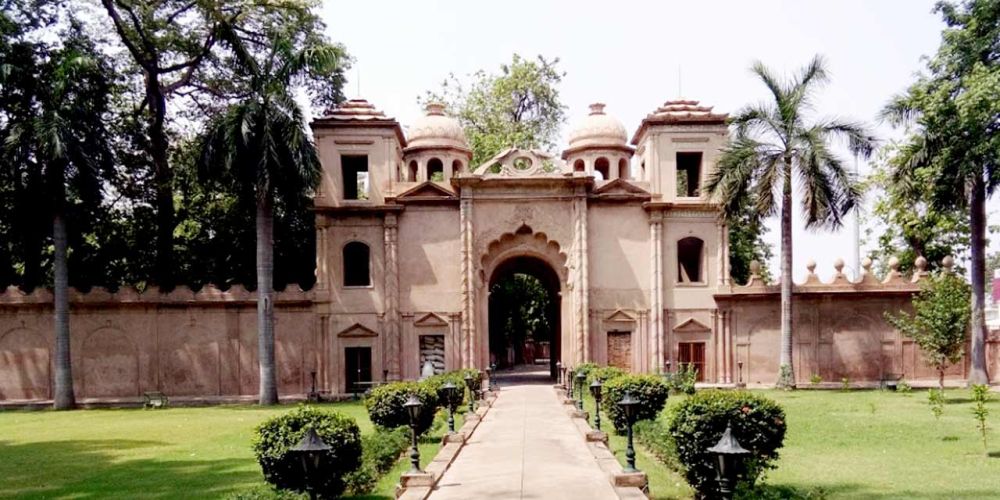

Sikandar Bagh, a historical site nestled in the heart of Lucknow, Uttar Pradesh, stands as a testament to the city's eclectic past. Built by the last Nawab of Oudh, Wajid Ali Shah, in 1800 AD, the garden was initially named after his favorite queen, Begum Sikander Mahal. The Nawab used the palace within the garden as a summer residence and a venue for entertainment and poetry recitals, reflecting Lucknow's rich cultural tapestry.
During the Indian Rebellion of 1857, also known as the First War of Independence, Sikandar Bagh witnessed one of the fiercest battles between the Indian freedom fighters and the British forces. The garden was fortified by a strong wall and served as a stronghold for the Indian soldiers. After the British recaptured the garden, Sikandar Bagh became synonymous with the resistance against colonial rule.
The doorway to Sikandar Bagh's history opened to tourism in the years following India's independence. Recognizing its value, the government initiated conservation efforts to preserve the remnants of the past. The site began to attract tourists, historians, and architects alike, eager to delve into India's colonial and pre-colonial history. As the awareness of Lucknow's rich heritage flourished, Sikandar Bagh became an essential stop for those exploring the city's historical landscape.
Today, Sikandar Bagh has been transformed into a popular public garden and an archaeological site. The garden is home to the National Botanical Research Institute (NBRI), which was established post-independence. Visitors can explore the well-maintained gardens, witness the still-standing defensive walls, and walk through the ruins of the palace and the pavilion that once hosted royal spectacles.
With the influx of tourists seeking experiences beyond conventional sightseeing, local authorities have begun to incorporate more interactive and educational elements into the site's offerings. Storytelling sessions, light and sound shows, and cultural events now feature in the garden's calendar. The focus on this deeper engagement with history and culture is in line with global tourism trends that cater to experiential travel enthusiasts.
The principal challenge facing historical sites like Sikandar Bagh is balancing preservation efforts with the needs of modern tourism. The garden operates under the supervision of heritage conservation bodies dedicated to maintaining its integrity. Steps have been taken to ensure that tourism activities at Sikandar Bagh are conducted sustainably, with minimal impact on the environment and the site's historical structures.
For those planning to visit Sikandar Bagh, the garden is open to the public throughout the year. It is recommended to go during the cooler months, from October to March, to fully enjoy the outdoor experience. Visitor facilities, such as guided tours and information plaques, help educate tourists on the rich history of the site. Furthermore, the proximity of Sikandar Bagh to other historical landmarks in Lucknow allows travelers to design a comprehensive itinerary that captures the essence of the city's glorious past.
A visit to Sikandar Bagh is more than a leisurely stroll through a picturesque garden; it is a journey into the pages of history where one can connect with the legacy of the brave souls who once walked the same grounds. As tourism continues to evolve, Sikandar Bagh remains a symbol of Lucknow's resilience and cultural grandeur, inviting the world to explore its stories.